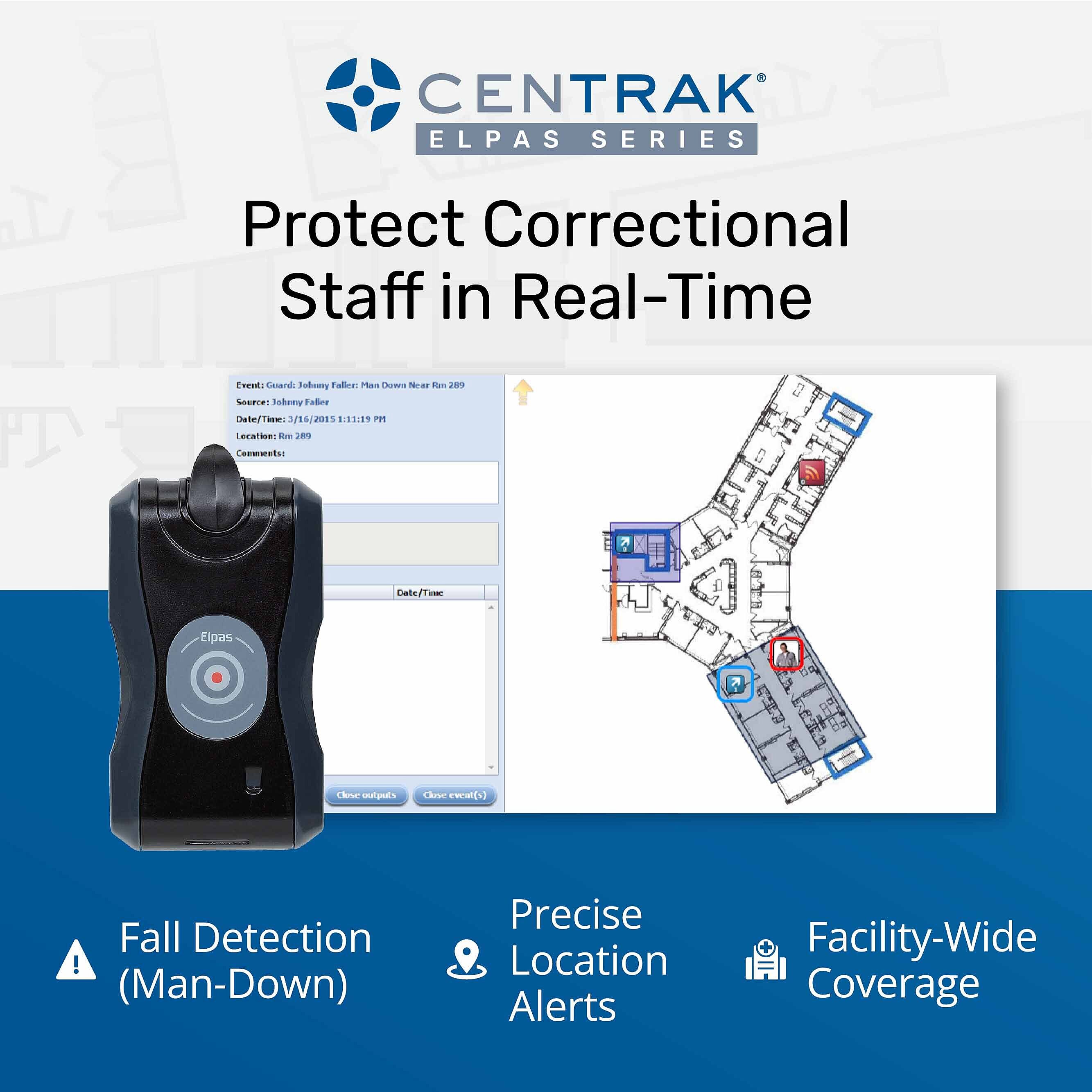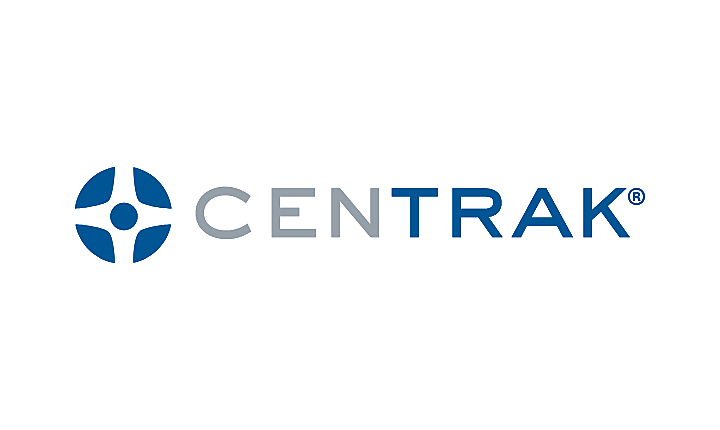How to Implement Hand Hygiene Compliance in Hospitals
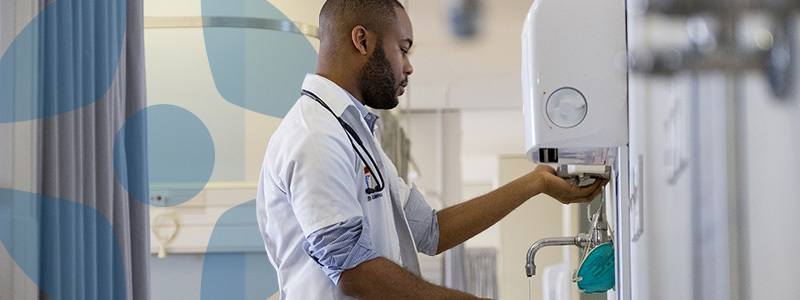
Hospital-acquired infections (HAIs) are a severe problem in the healthcare industry and a primary concern of the Office of Disease Prevention and Health Promotion (ODPHP) under the purview of the Office of the Assistant Secretary for Health (OASH) as well as the Centers for Disease Control and Prevention (CDC). HAIs affect about one in 31 hospitalized patients and cost the United States healthcare system billions of dollars each year. They can risk patient and staff safety and hurt the hospital's reputation. While combating HAIs calls for a multi-pronged approach, one of the most important aspects is improved hand hygiene.
Many hospitals use observation to improve hand hygiene, but this technique is subject to the Hawthorne effect, in which workers change their behavior when they know they're being watched. It's also time-consuming and labor-intensive. “Secret shopper” observations only monitor a small portion of all hand hygiene events. We use digital resources in nearly every other aspect of healthcare, and they can support hand hygiene initiatives, too.
Effectively implementing hand hygiene compliance calls for automation, like our real-time location system (RTLS) solution. Let's look at how hospitals can implement compliance solutions with the help of RTLS systems.
1. Understand Your Hospital's Requirements
Before we explore technology options, take some time to learn about your existing hand hygiene environment. Consider what your staff is currently working with, including:
- Access to supplies like hand sanitizer and soap and water
- Education on proper hand-washing procedures and when it's necessary
- Leadership that advocates for and stresses the importance of hand hygiene
If any of these areas are lacking, you have a great place to start. You may also want to gather some data on the prevalence of different HAIs in your facility to help you understand your current risk environment.
2. Implement the Right Technology
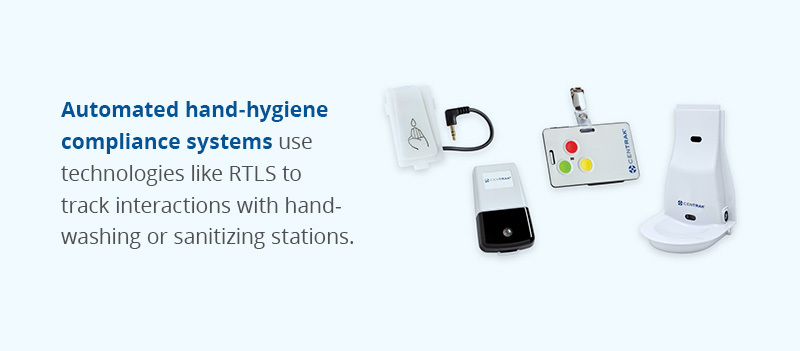
Automated hand-hygiene compliance systems use technologies like RTLS to monitor interactions with hand-washing or sanitizing stations. It eliminates human error and extensive labor requirements while tracking every compliance event — not just the ones that happen while you're watching.
These systems work by communicating with RTLS-enabled badges worn by staff members. When an employee uses a dispenser, pump, canister, or sink, the sensors log a hand hygiene event. Then, administrators can collect and review the data in context with hospital protocols. For example, you might require staff members to wash their hands or use hand sanitizer within 60 seconds of entering a patient's room. You can even add gentle reminders by initiating a low tone if the staff member doesn't follow protocol.
An RTLS hand hygiene solution doesn't interrupt your team's workflow and can be used alongside other RTLS technologies, such as asset tracking, nurse call automation, and staff duress systems.
3. Monitor and Assess Compliance
Since it monitors every hygiene event, an automated hygiene compliance system provides unparalleled insights into compliance. You can drill down into compliance data for specific facilities, departments, roles, and individuals. Generate reports designed for your goals and protocols, and draw more valuable insights to guide conversations, educational opportunities, and resource selection.
Create benchmarks and assess your team's compliance, especially after interventions. With a full picture of every event, you can drastically improve your hand hygiene compliance rates after just a few months of implementation. Plus, the solution is fully scalable, so you can keep monitoring compliance even if your facility grows in the future.
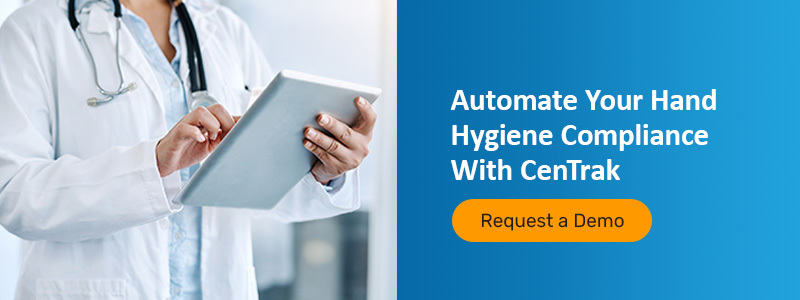
Automate Your Hand Hygiene Compliance With CenTrak
CenTrak's RTLS hand hygiene compliance solution captures all hand hygiene events with a best-in-class tracking system, giving hospitals the tools they need to keep patients safe. We use purpose-built hardware designed for the healthcare environment and fully customizable software to make compliance easy and effective. CenTrak has a long history of helping healthcare organizations meet their hand hygiene goals, from improving compliance rates by 75% to reducing the prevalence of HAIs.
With the right equipment, modern hand hygiene compliance offers an effective and non-intrusive method of improving infection control. Reach out to us today to learn more about tracking your compliance with RTLS equipment or to request a demo!



